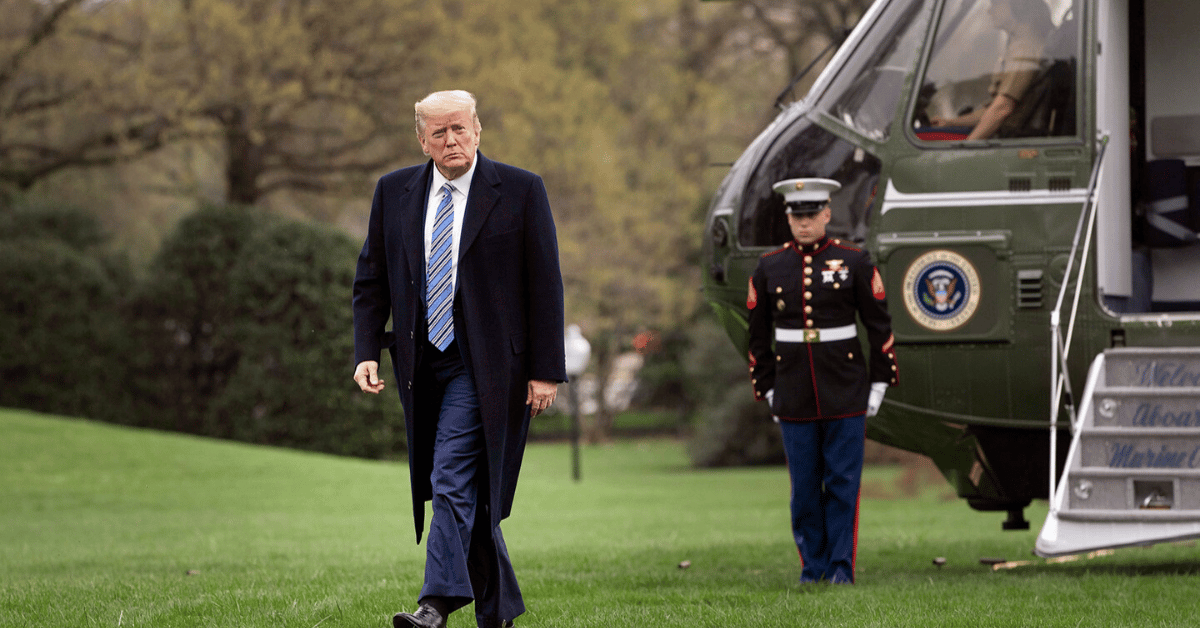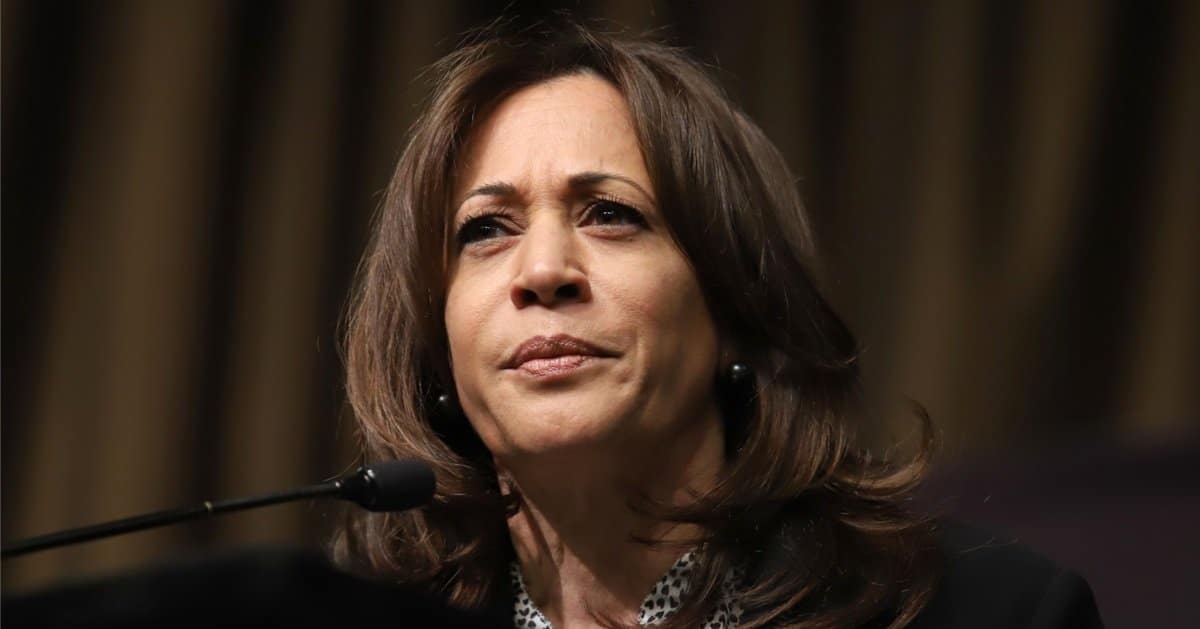


The federal workforce is embroiled in turmoil as significant layoffs across various government agencies face harsh criticism due to their chaotic implementation.
NPR reported that the Trump administration's initiative to significantly reduce the government's size has led to confusion through erratic layoffs and subsequent reversals for employees who were wrongfully terminated.
The process, spearheaded by the Department of Government Efficiency (DOGE), marks a departure from previous downsizing efforts, where changes were more systematic and targeted.
This time, the approach involves sweeping cuts that have caused disruption across numerous departments, including public health, national parks, and consumer protection.
This upheaval is driving many federal workers to the private sector, as the current process has cast doubts on the federal government's reliability as an employer.
The notification procedure for the layoffs has been criticized for its disarray. Some employees who initially received termination notices found their roles reinstated shortly afterward, marking a troubling instability for many federal workers.
Agencies attempted to reverse some of these decisions, trying to bring back employees they recognized as vital to their operations.
The push for rapid cutbacks has been met with political pressure from Congress, concerned about its impact on constituents. The human cost is personal, with testimonies from affected employees expressing confusion and uncertainty about their futures.
Billionaire Elon Musk, who plays a key role in overseeing DOGE, defended the aggressive pace of the layoffs. Musk acknowledged that mistakes have been part of the process, noting that efforts were underway to rectify them swiftly. This rationale, however, has not assuaged all criticisms.
The layoff initiative's scope has affected many essential services. The National Nuclear Security Administration (NNSA), for instance, laid off over 100 employees.
Some were rehired after less than 24 hours, owing to legislative pressure highlighting the necessity of certain roles.
In a similar vein, the Indian Health Service faced a layoff of 950 employees. Drastic measures were taken to avert a crisis in health services delivered to American Indians.
Influential figures like HHS Secretary Robert F. Kennedy Jr. actively intervened to reverse these cuts, citing the severe health challenges faced by this demographic.
The chaos within these processes prompted a response from the National Indian Health Board, which expressed fear for the sustainability of services to Tribes due to continued downsizing in other federal branches.
Critical operations such as those within the Bonneville Power Administration saw similar upheavals. Of 130 employees terminated, 30 were reinstated because their roles were deemed mission-critical in managing energy resources. As federal teams scramble to repair the disruptions they've caused, the broader reputation of the government as an employer suffers.
Nick Bednar, a seasoned observer of federal employment policy, highlighted the hazards associated with the current approach to reduction.
"This is more like taking a sledgehammer to the entire executive branch," he said, emphasizing the need for a nuanced approach. This sentiment is mirrored within the Department of Agriculture, which is actively reversing layoffs to ensure the avian influenza response effort does not falter.
The Department of Veterans Affairs (VA) has also been affected, laying off 1,000 employees to achieve $98 million in annual savings. This decision met substantial opposition from lawmakers, especially given the dismissal of service-connected disabled veterans and key medical personnel.
Several Democratic senators have openly called on the VA to reverse these measures to preempt further large-scale layoffs without appropriate Congressional consultation. There is concern these actions are undermining crucial veteran services.
A representative from the VA highlighted the risks of these mass terminations. The assertion is that unilateral decisions without adequate forewarning or planning could squander years of dedicated service by key personnel, which he argued was a misjudged financial calculus.
Numerous accounts from across impacted agencies reveal a workforce in disarray. Employees express a blend of disbelief and frustration as they navigate the uncertain landscape left by ill-considered layoffs.
Amidst efforts to swiftly rectify numerous terminated employment relationships, the overarching challenge remains: how to reassure the remaining workforce and repair a damaged institutional image.
It remains to be seen how agencies will continue navigating this complex situation, balancing between budget constraints and maintaining essential services and morale.



